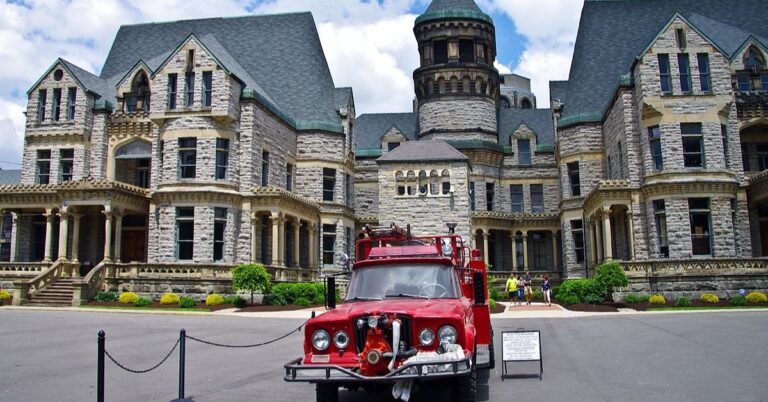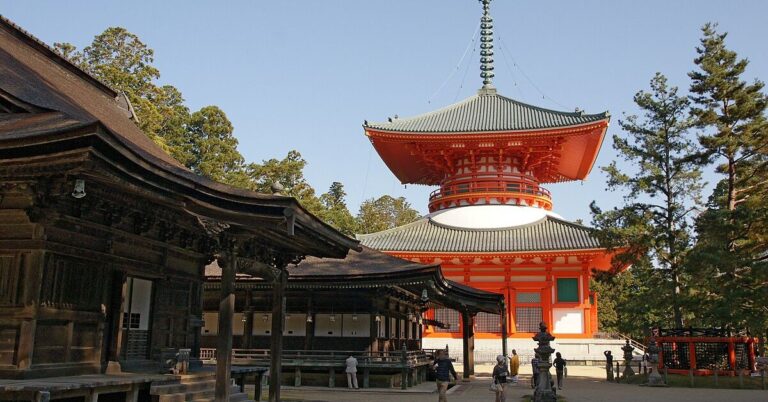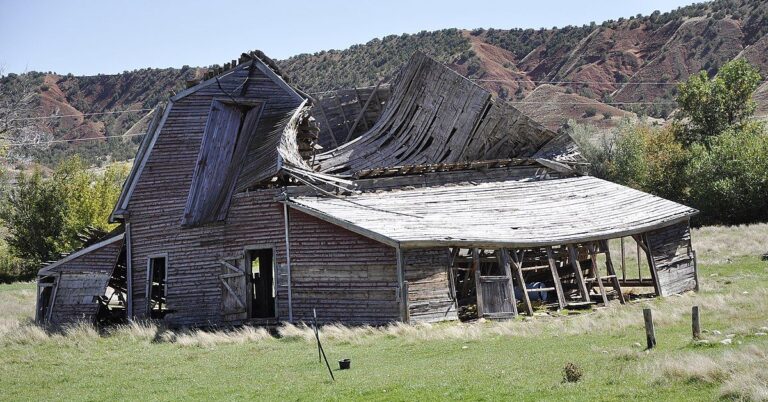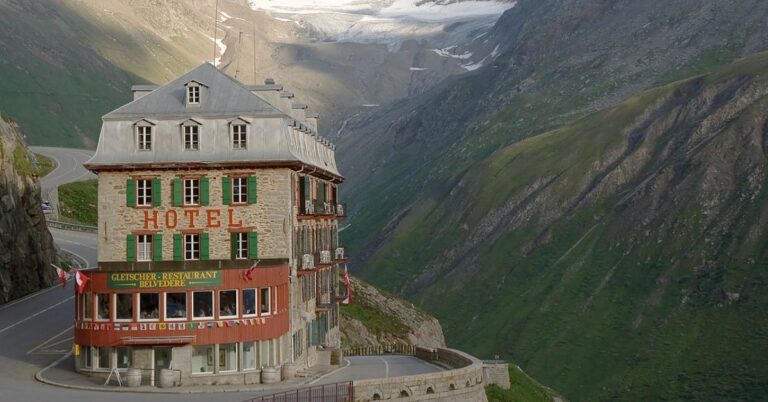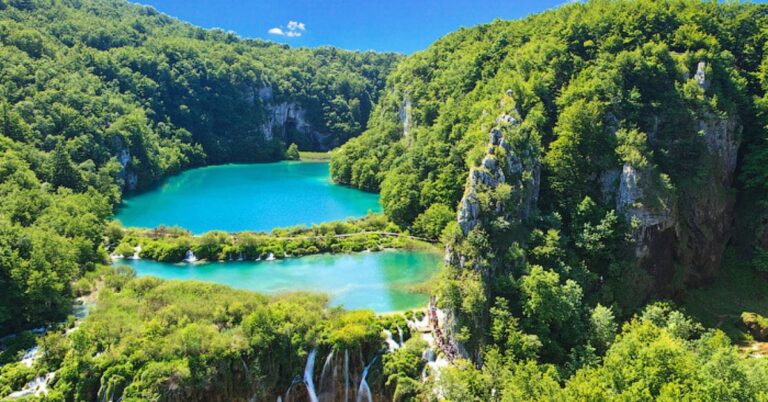25 Secret Roman Ruins You’d Never Expect To Find Across The World
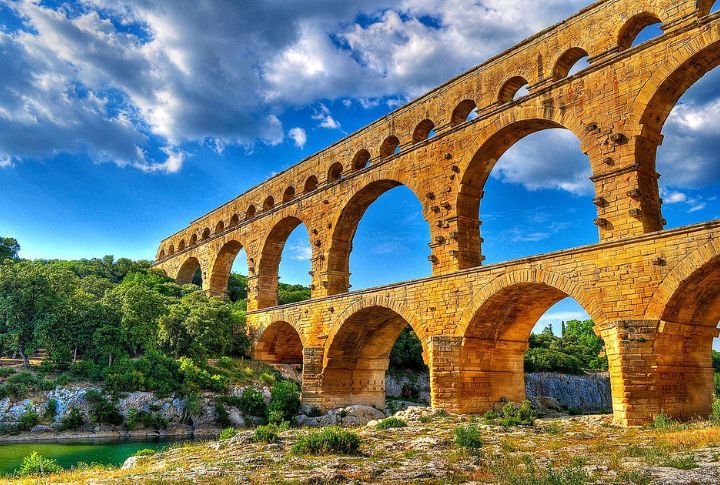
Sometimes, the best stories are buried under dust and time, far from where you’d expect. The Roman Empire didn’t stop at Italy’s borders, and neither did its ruins. If you’ve ever wanted to spot history in unexpected places, this list is going to be your kind of map.
Roman Theater In Amman
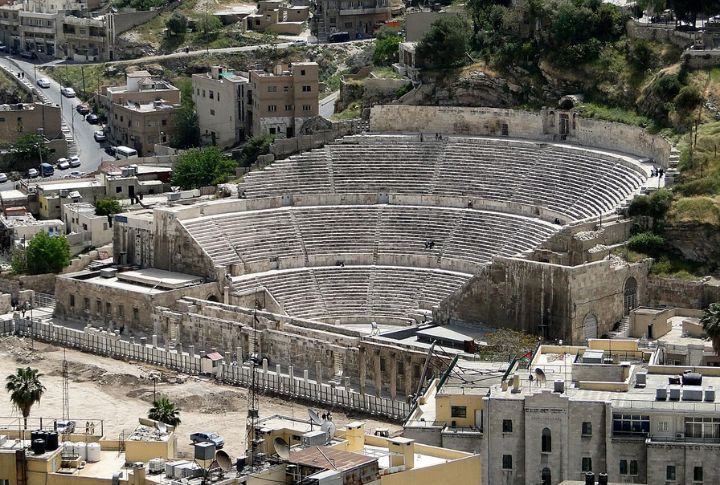
Cut into a hillside and staring out at the modern chaos of Amman, this ancient Roman theater is a lesson in contrast. Built during the time of Emperor Antoninus Pius in the 2nd century AD, the theater once hosted gladiator fights and dramatic performances.
Leptis Magna In Libya
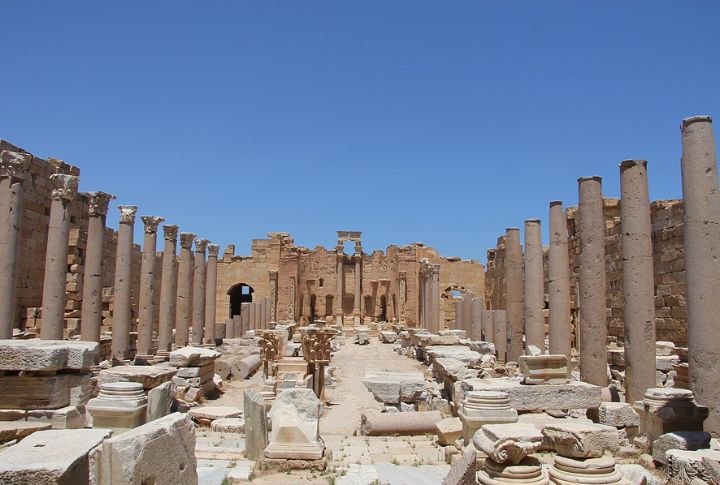
“The Rome of Africa” was what they used to call it, and walking through Leptis Magna, it’s easy to see why. Once a Phoenician trading post, it rose to prominence under Roman rule, especially during the reign of Emperor Septimius Severus, who was born there.
Pont Du Gard In France
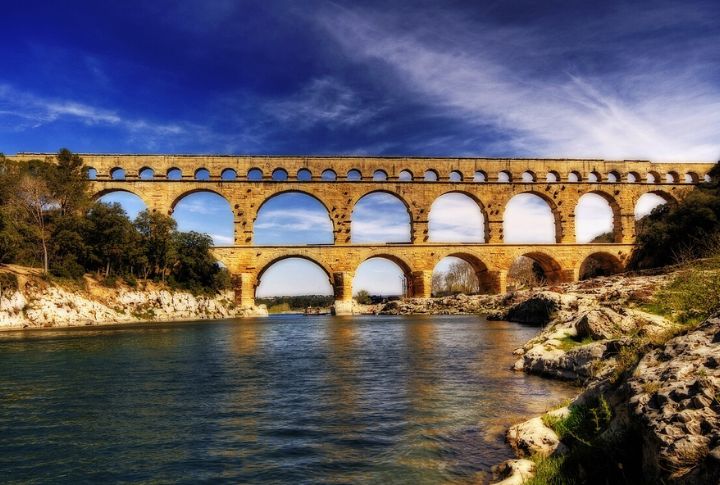
It’s not just a bridge. It’s a 160-foot-tall aqueduct built without mortar that’s still standing after 2,000 years. Stretching over the Gardon River, Pont du Gard once carried water over 30 miles to the Roman colony of Nemausus. It’s a UNESCO World Heritage Site and a tourist favorite.
Jerash Ruins In Jordan
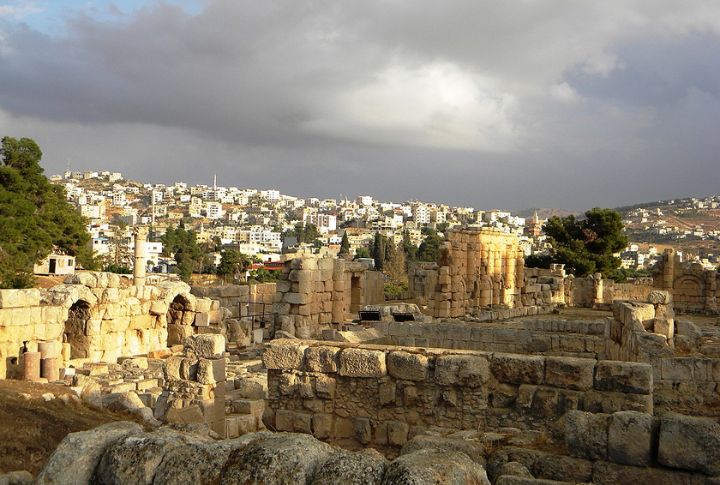
Columns march down the Cardo Maximus like they never got the memo that the empire fell. Jerash is among the best-preserved Roman provincial towns. It’s home to two amphitheaters, an oval-shaped forum, temples to Zeus and Artemis, and even remnants of a hippodrome that once held 15,000 spectators.
Roman Baths In England
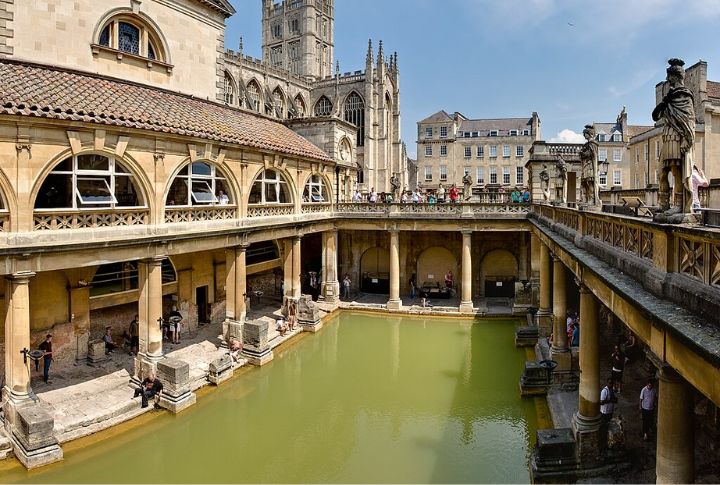
The Roman Baths in Bath are hauntingly beautiful. Established in the 1st century AD, the complex was built around natural hot springs. The main bath still bubbles with geothermal warmth, and the surrounding rooms show off changing facilities and intricate plumbing that puts modern systems to shame.
Timgad City In Algeria
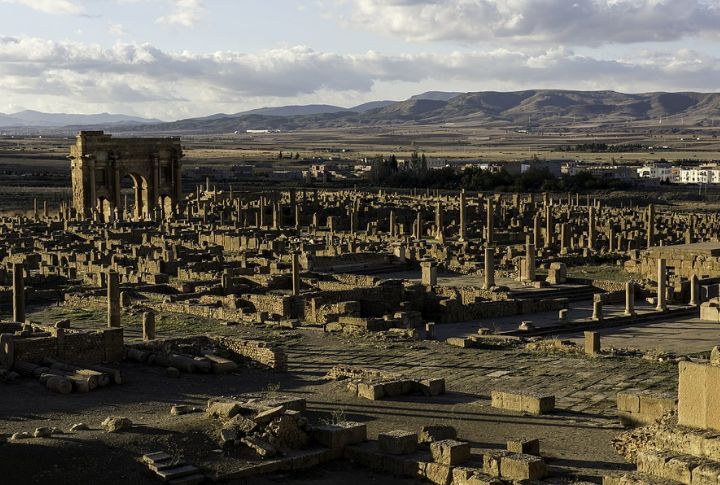
Built like a grid and abandoned like a ghost town, Timgad is eerily perfect. Commissioned by Emperor Trajan around 100 AD as a retirement colony for Roman veterans, the city follows the textbook Roman layout: two main streets intersecting at right angles, forming a perfect urban plan.
Caesarea Ruins In Israel
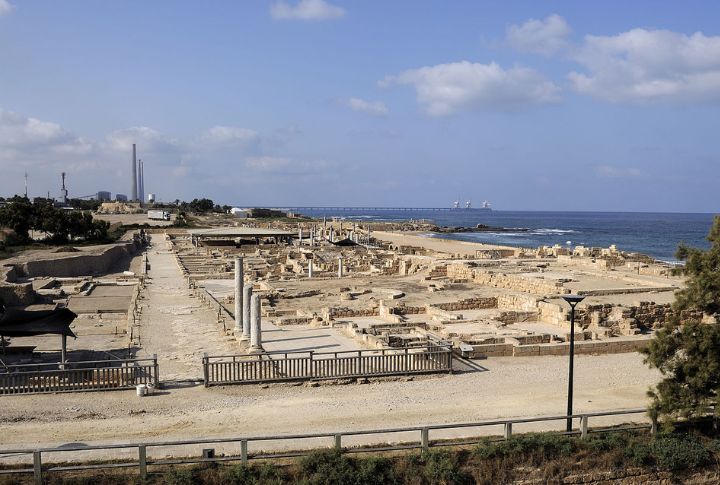
Once a harbor city built by Herod, Caesarea now sits along the Mediterranean like a half-forgotten memory. Named after Caesar Augustus, it featured one of the largest artificial harbors of the ancient world. Its breakwaters were made using hydraulic concrete, yes, concrete that could set underwater, a technique the Romans pioneered.
Volubilis In Morocco
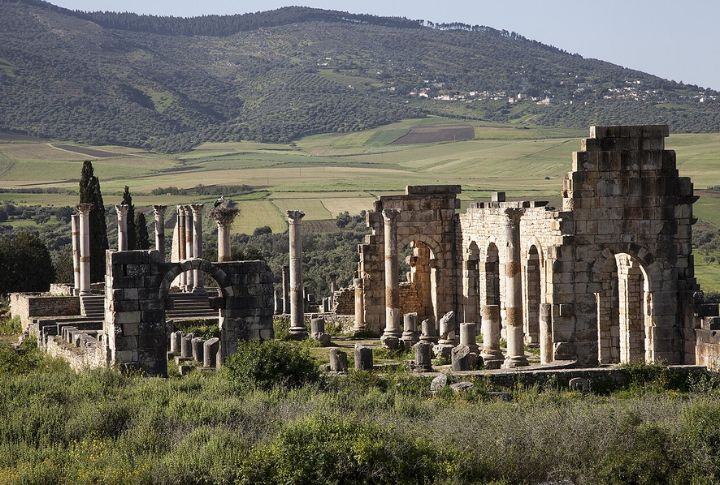
You walk through olive groves, and suddenly, there it is. Volubilis appears like a dream. It flourished as a Roman outpost in the 1st and 2nd centuries AD, producing olive oil and grain for the empire. The mosaics here are still in place, vibrant with depictions of Orpheus, Hercules, and Bacchus.
Aspendos Theater In Turkey
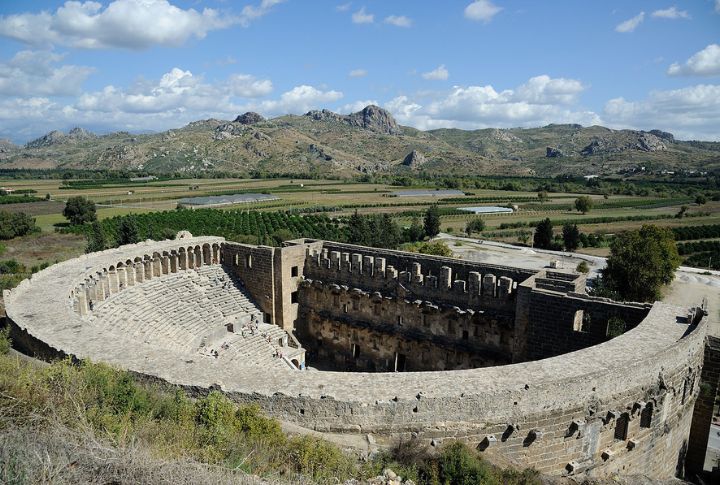
Shakespeare would kill to perform here. Constructed in the 2nd century AD under Emperor Marcus Aurelius, it is one of the best-preserved Roman theaters in the world. It could seat over 15,000 people, and the acoustics are so good that even a whisper on stage can be heard clearly in the upper tiers.
Baalbek Temples In Lebanon
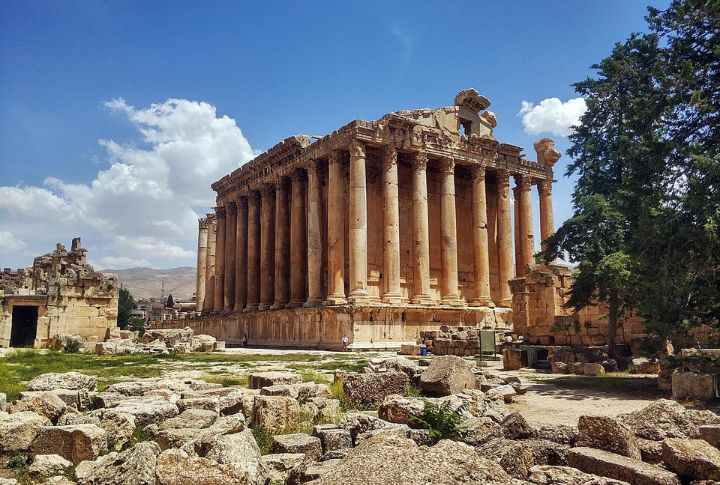
These temples are so massive that they make you feel like a LEGO figure. Baalbek houses some of the largest Roman temple ruins ever constructed. The Temple of Jupiter was built using three of the heaviest stones ever used in construction, each weighing over 800 tons.
Sbeitla Ruins In Tunisia
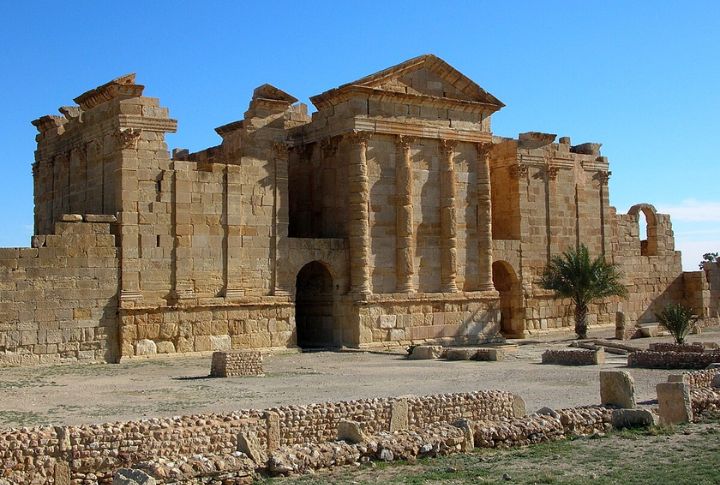
This Roman-Berber city flourished in the 1st century AD and has an exceptionally preserved forum with not one but three separate temples dedicated to Jupiter, Juno, and Minerva. The golden stones of Sbeitla glow in the sun, standing like sentinels of a past that refuses to fade.
Aquincum In Hungary

Aquincum sits on the outskirts of modern-day Budapest to blend the Roman legacy with urban sprawl. Once a thriving military base and town, it housed around 40,000 people at its peak. What stands out here is the sophistication: heated floors, public baths, a water organ (yes, really), and even evidence of central heating.
Roman Ruins In Germany
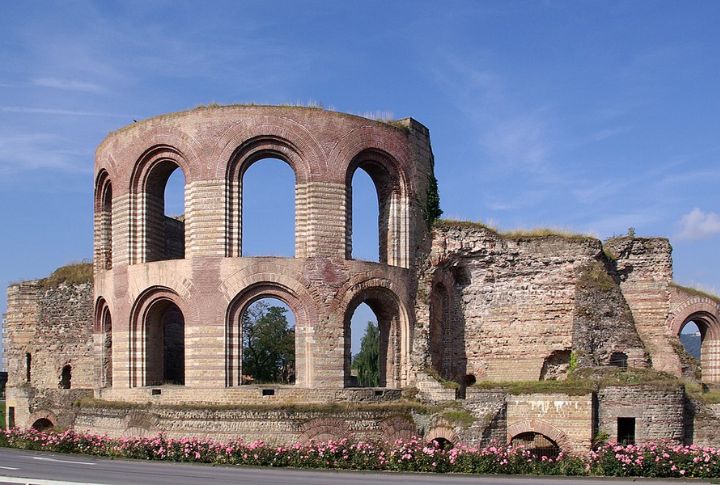
Germany isn’t typically on the radar for Roman architecture, but the town of Trier begs to differ. As one of the oldest cities in the country, Trier was once a major Roman administrative center. Its treasures include the massive Porta Nigra gate and the remains of the largest Roman baths.
Salona Ruins In Croatia
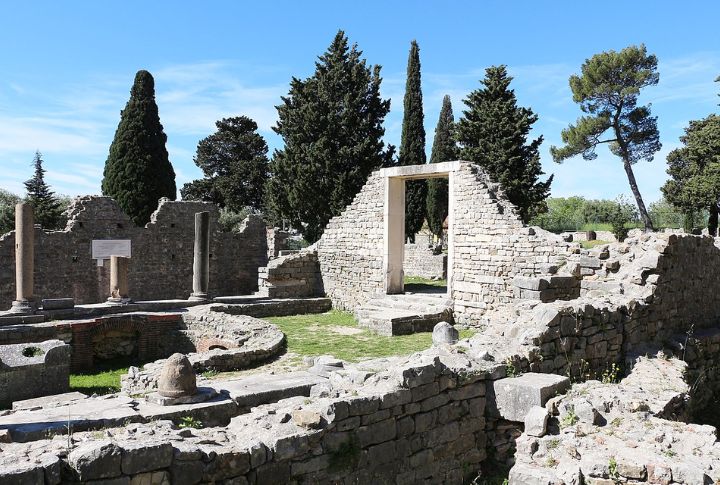
Just outside Split, Salona was once the capital of the Roman province of Dalmatia. At its height, it had over 60,000 residents and a bustling cultural life. Its amphitheater could seat more than 18,000 spectators and hosted everything from gladiator fights to religious ceremonies.
Dougga City In Tunisia
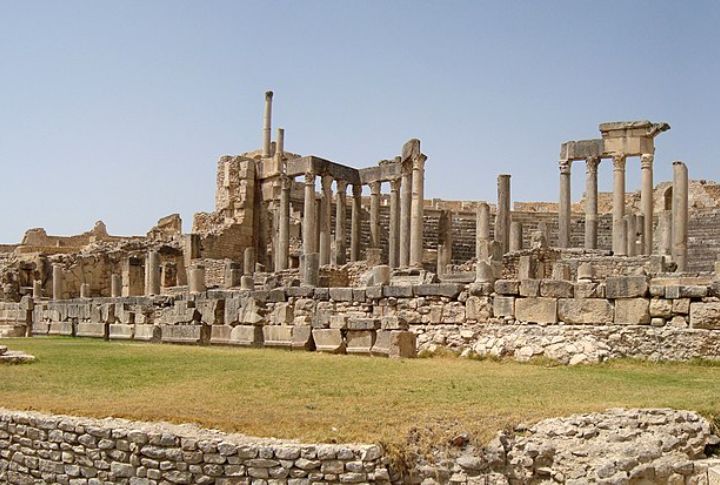
Situated in the hills of northern Tunisia, Dougga feels like a secret you’re lucky to be in on. The city dates back to the 2nd century BC and later flourished under Roman rule. UNESCO calls it the best-preserved Roman small town in North Africa. It’s easy to see why.
Scythopolis In Israel
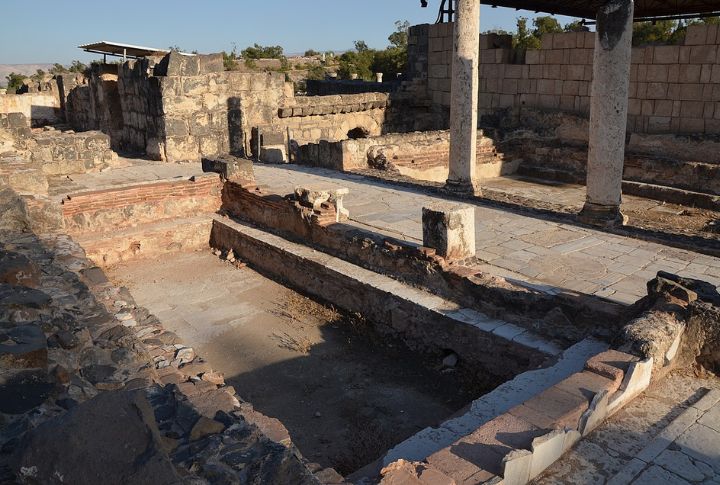
You won’t find this name on most maps today because it’s called Beit She’an now. But back in Roman times, Scythopolis was a jewel of the Decapolis. A devastating earthquake in the 8th century buried it under rubble, ironically preserving many structures. Excavations have since revealed intricate mosaics and towering columns.
Roman City Of Conimbriga
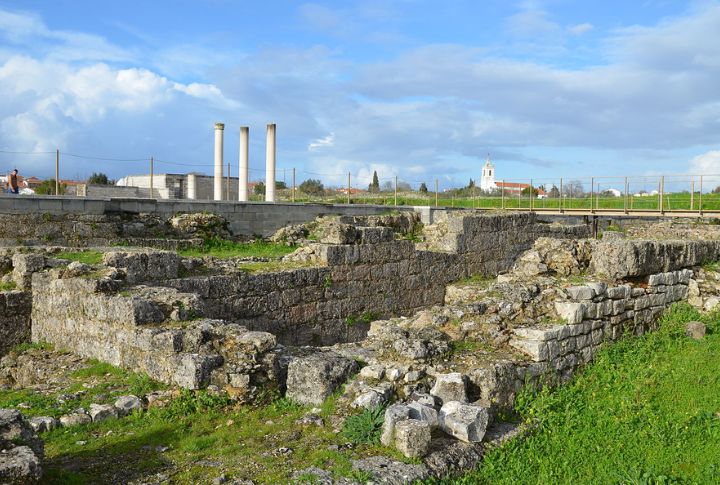
This Roman city, located near Coimbra about 120 km north of Lisbon, thrived from the 1st to 4th centuries AD and is now celebrated for its stunning mosaics. You’ll find detailed floors showing mythological scenes and floral patterns, still vibrant despite being centuries underground.
Aphrodisias In Turkey
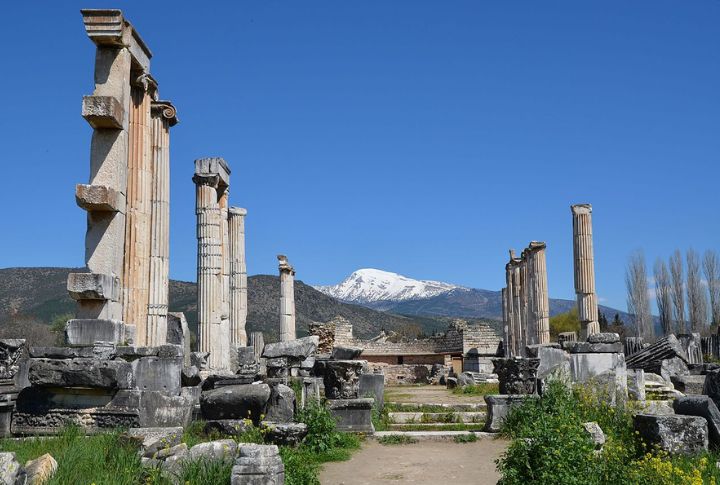
This UNESCO World Heritage Site in western Turkey was both a Roman city and an artistic hub, home to sculptors whose work traveled across the empire. Highlights include a stadium that could seat 30,000 and a beautifully preserved Temple of Aphrodite.
Lugo Walls In Spain
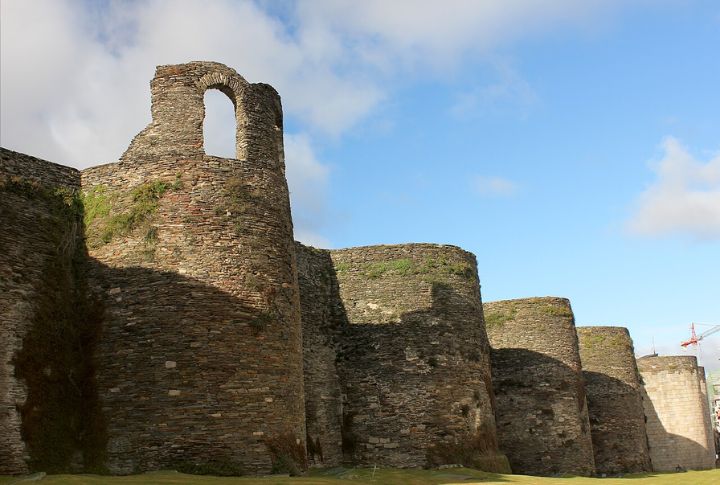
Marching in a perfect loop around the city of Lugo, these Roman walls are more than 1.5 miles long and still completely intact. Constructed in the 3rd century AD as protection for the Roman town of Lucus Augusti, the walls are now a UNESCO site and open to walk along.
Djemila Ruins In Algeria
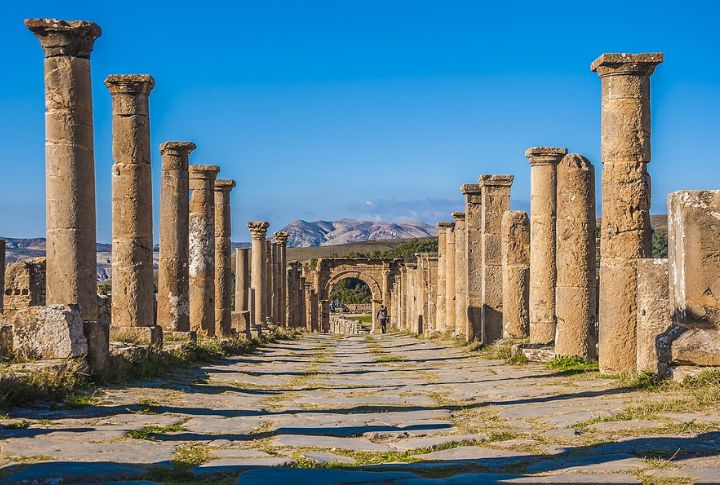
Located high in the mountains, Djemila is a site that surprises you with both its scale and serenity. Once called Cuicul, the city was adapted to its rugged terrain with curved streets and tiered buildings. The highlight? A series of mosaics that still hold their color and tell tales of Roman gods.
Pula Arena In Croatia

It’s hard to imagine such a colossal structure standing so close to the Adriatic Sea. Yet the Pula Arena, one of the six largest surviving Roman amphitheaters in the world, rises proudly in Croatia. Built in the 1st century during Augustus’s rule, it’s still used for festivals and concerts.
Philippi Ruins In Greece

History is layered thick in Philippi. Founded by Philip II of Macedon, the city became a Roman colony after the famous battle where Brutus and Cassius fell. The ruins include a well-preserved forum and even a prison believed to have held the Apostle Paul.
Roman Villa In Portugal
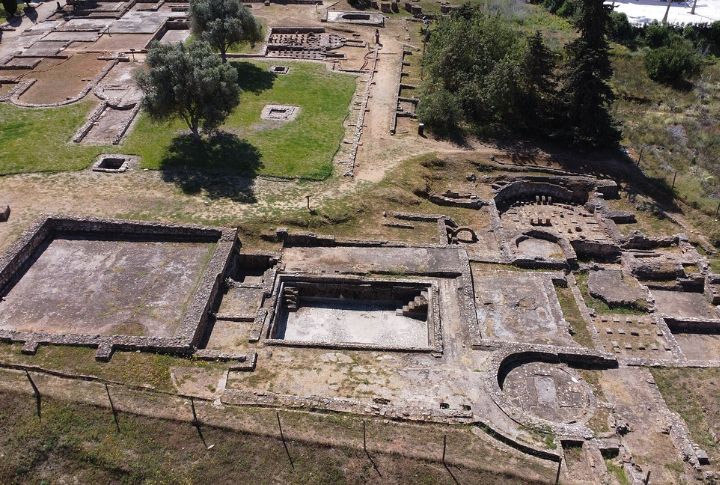
Just outside Lisbon, the Roman villa at Sao Cucufate hides in plain sight. The site dates back to the 1st century and evolved over centuries into a complex with surprising comforts. Archaeologists have uncovered wine presses and tools, showing this villa wasn’t just for luxury but also for production.
Risan Mosaics In Montenegro
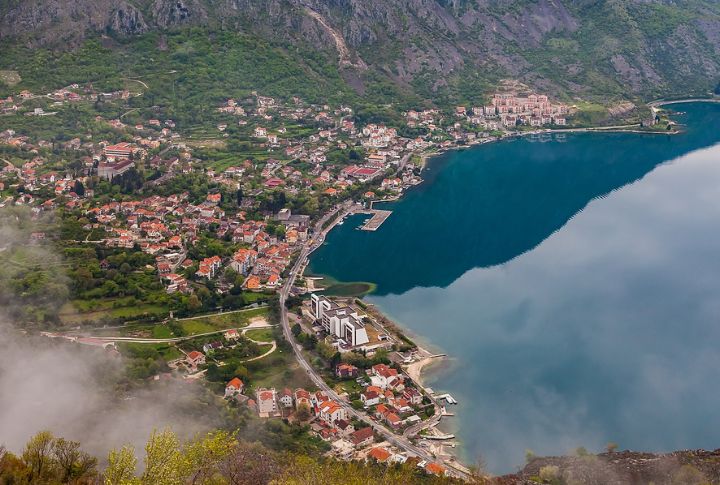
If you ever stumble into Risan, you might not expect it to hold ancient treasures. They date back to the 2nd century and are housed in what’s believed to be a nobleman’s villa. One room even features a rare depiction of Hypnos, the god of sleep.
Bosra Ruins In Syria

Deep in the heart of Syria lies Bosra, a city that once thrived as a Roman provincial capital. The black basalt Roman theater here is massive and surrounded by an Islamic-era fortress that kept it preserved through centuries of conflict. Bosra also has streets lined with columns and a cathedral.

